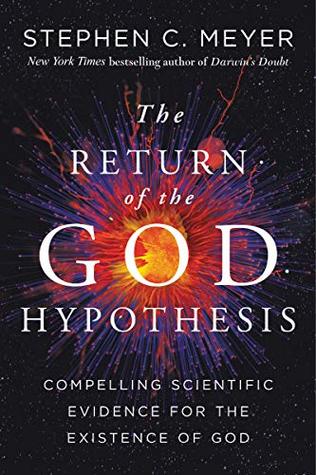Instead, the cell, like individual genes or proteins, faces an extreme combinatorial problem. Tompa and Rose calculate, building on the work of protein scientist Cyrus Levinthal, that there are a whopping 1079,000,000,000 different ways of combining just the proteins in a relatively simple unicellular yeast.
Welcome back. Just a moment while we sign you in to your Goodreads account.


